Key Takeaways
- Start with a honest self‑assessment of your look and marketability.
- Build a simple but strong portfolio that showcases versatility.
- Research and approach reputable agencies that match your style.
- Prepare body, skin, and mindset a week before the shoot.
- Follow a day‑of‑shoot checklist to stay confident and professional.
Ever wonder what it really takes to walk the runway or land a fashion campaign? The answer isn’t a secret formula; it’s a series of practical steps you can start today. Below you’ll find a clear roadmap from the moment you decide to model to the exact actions you need for that very first photoshoot.
Understanding Modeling
Modeling is a creative industry where individuals showcase clothing, accessories, or concepts through visual media. It spans many niches-runway, commercial, editorial, fitness, and more. Each niche demands a slightly different look, but the core skills remain the same: body awareness, the ability to take direction, and a professional attitude.
Before you chase any specific niche, ask yourself: what part of the industry feels natural? If you love high‑energy runway shows, think Runway. If you prefer candid lifestyle images, commercial or Instagram modeling might suit you better. Knowing your sweet spot helps you target the right agencies and gigs.
Building a Winning Portfolio
Your portfolio is the visual résumé that lands you auditions. It should be concise-usually 5‑7 images-that highlight different poses, expressions, and clothing styles.
- Headshots: Clean, natural lighting; no heavy makeup; focus on clear skin and genuine expression.
- Full‑body shots: Show your posture, walk, and how clothes drape on you.
- Editorial style: One image with dramatic lighting or storytelling to prove you can handle creative direction.
- Lookbook snippet: A shot featuring a specific fashion line or brand you’d like to work with.
When hiring a photographer, choose someone who specializes in Fashion Photography. Their expertise ensures the images meet industry standards. Remember to keep the digital version on a reliable hosting service and print a small, high‑quality book for in‑person meetings.
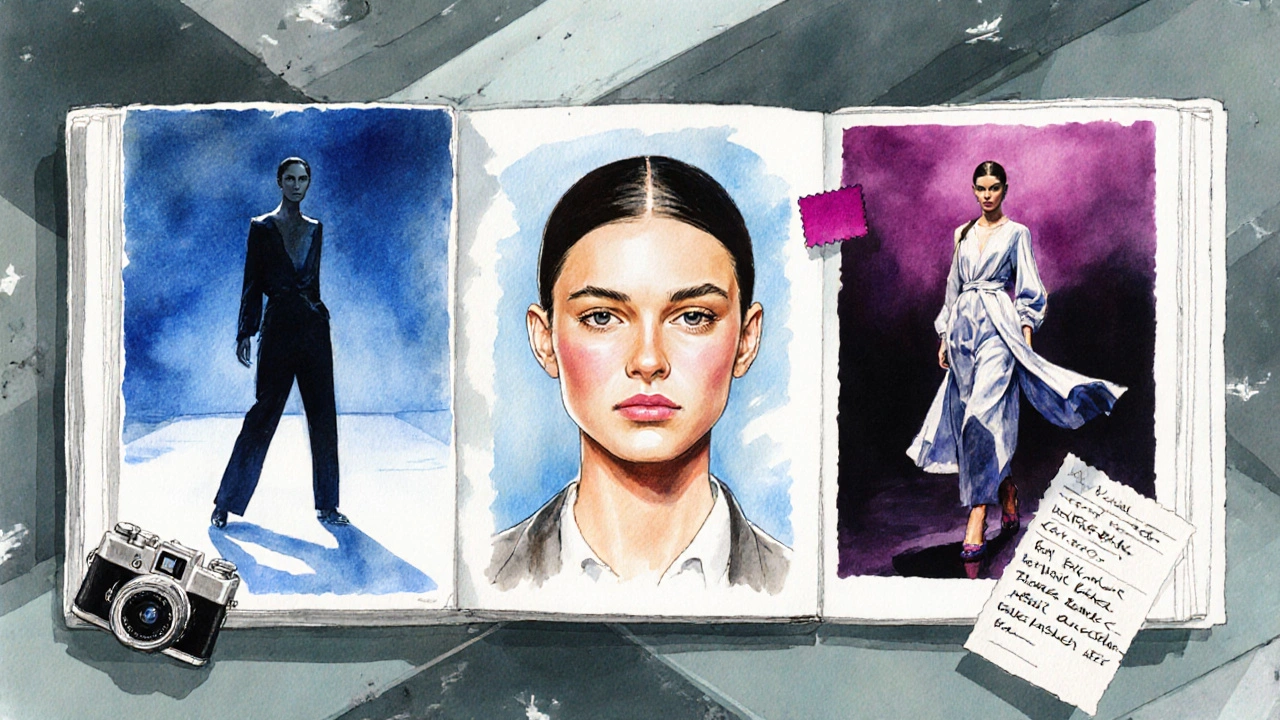
Finding the Right Agency
Not every agency fits every model. A good match respects your goals, offers transparent contracts, and provides regular castings.
| Agency Type | Typical Model Profile | Best For |
|---|---|---|
| Commercial | All ages, relatable look | Ad campaigns, catalogs |
| Editorial | High fashion, distinctive features | Magazine spreads, runway |
| Fit‑Model | Standard body measurements | Garment sampling |
| Specialty (plus‑size, fitness, etc.) | Niche-specific body types | Targeted brand work |
Before signing, request a copy of the contract and verify the agency’s reputation through online forums or models you know. A reputable Modeling Agency will never ask for large upfront fees for representation.
Preparing for Your First Photoshoot
Now that you have a portfolio and an agency, it’s time to nail that first shoot. Follow this 7‑day prep plan.
- Day 1 - Health Check: Get plenty of sleep, stay hydrated, and limit salty foods to reduce bloating.
- Day 2 - Skin Prep: Exfoliate gently, moisturize, and avoid new skin treatments that could cause reactions.
- Day 3 - Wardrobe Review: Confirm the outfit list with the photographer. Bring a simple, fitted Comp Card (the industry’s business card).
- Day 4 - Practice Poses: Use a mirror or phone camera to rehearse basic poses-three‑quarter turn, profile, and sitting poses.
- Day 5 - Grooming: Trim nails, shape eyebrows, and schedule a haircut if needed. Keep makeup minimal unless the brief calls for a specific look.
- Day 6 - Pack Essentials: Pack a bag with water, snacks, touch‑up makeup, hair ties, safety pins, a sewing kit, and a handheld mirror.
- Day 7 - Mental Reset: Meditate or do light stretching to calm nerves. Visualize the shoot going smoothly.
On the day, arrive 15 minutes early, sign any release forms, and ask the photographer any last‑minute questions about lighting or concept. Confidence shows up in every frame.
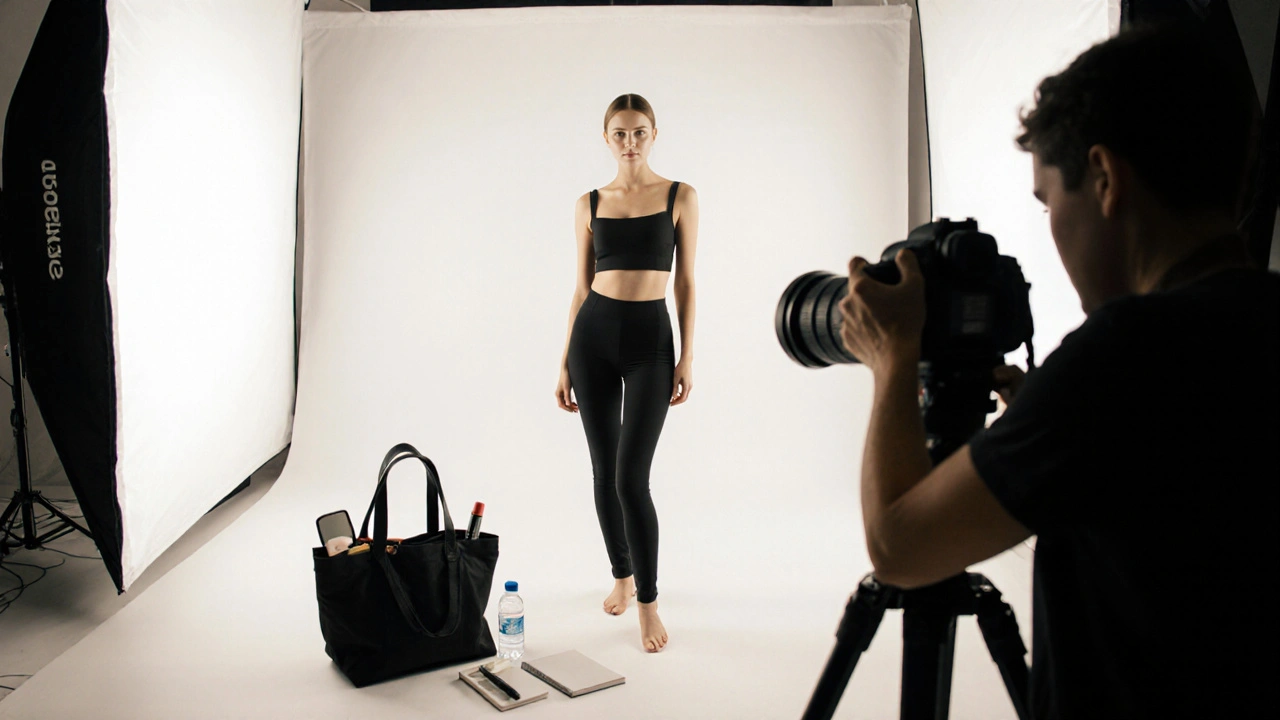
Day‑of‑Shoot Checklist
- Bring your signed Modeling Contract or release form.
- Wear clean, fitted undergarments-no visible lines.
- Carry a portable mirror, lip balm, and a tiny powder compact.
- Have a bottle of water and a light snack (nuts or fruit).
- Practice breathing exercises to stay relaxed between shots.
Common Mistakes & Pro Tips
Mistake: Over‑applying makeup before a natural‑look shoot.
Pro tip: Bring a small makeup bag for touch‑ups only. Let the photographer’s lighting do the heavy lifting.
Mistake: Ignoring body measurements when applying for castings.
Pro tip: Keep a Measurement Sheet handy (bust, waist, hips, inseam). Agencies often request exact numbers.
Mistake: Being passive on set.
Pro tip: Ask for direction if you’re unsure, but also bring two or three pose ideas you’re comfortable with. It shows initiative.
Next Steps After the Shoot
Once you receive the edited images, review them with your agency. Choose the strongest shots for your online portfolio and create a new Lookbook that reflects your evolving brand.
Keep a record of every casting call, photographer, and agency you work with. A simple spreadsheet helps you track follow‑ups and payment dates.
Finally, keep learning: attend open casts, watch behind‑the‑scenes videos, and stay updated on industry trends via fashion magazines and reputable blogs. Modeling is a marathon, not a sprint-consistent effort beats occasional big breaks.
What age can I start modeling?
Most agencies accept teens from 13‑16 for junior work, while adult commercial work typically starts at 18. Early start helps build experience, but you can begin at any age with the right look and professionalism.
Do I need formal training to become a model?
Formal training isn’t mandatory, but workshops on runway walking, posing, and on‑camera basics sharpen your skills and boost confidence.
How do I choose the right agency?
Look for agencies that specialize in your desired niche, have transparent contracts, and a track record of placing models in reputable jobs. Avoid agencies demanding large upfront fees.
What should I bring to my first photoshoot?
Pack water, light snacks, a small makeup kit for touch‑ups, hair ties, a portable mirror, and a copy of any signed release forms.
How long does it take to land my first paid job?
It varies; some models book paid work within weeks, others may need a few months of building their portfolio and network. Consistency and professionalism speed up the process.



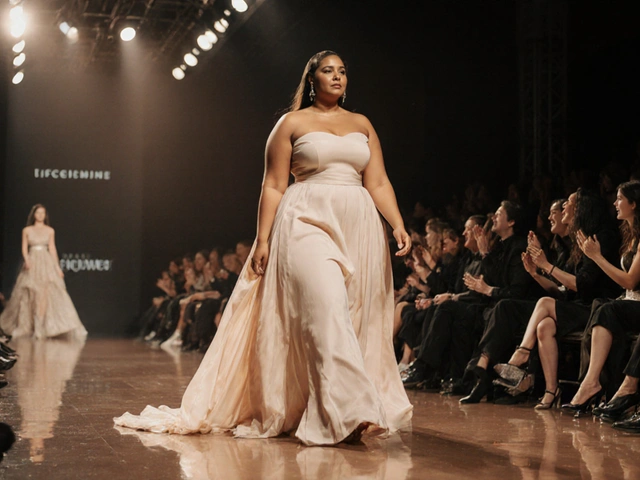
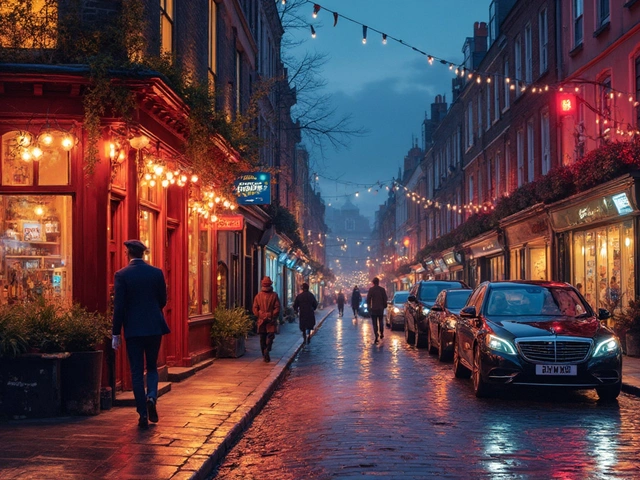

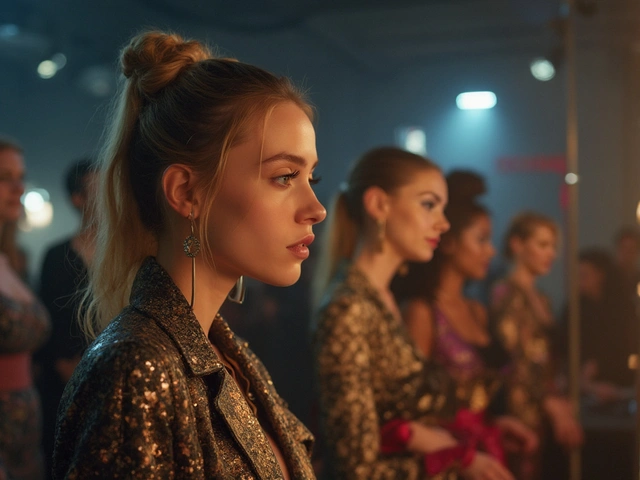
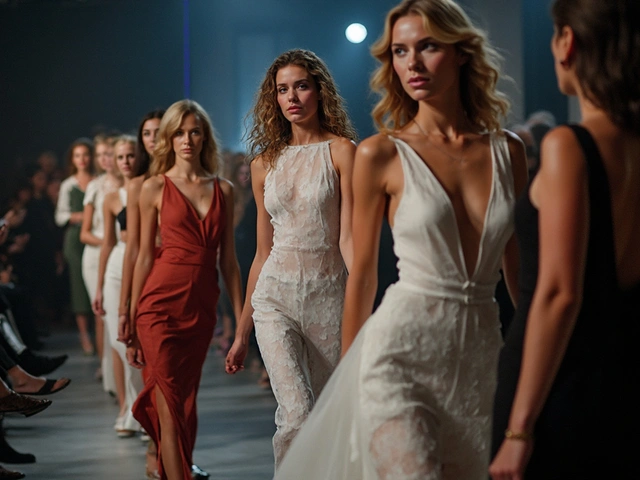
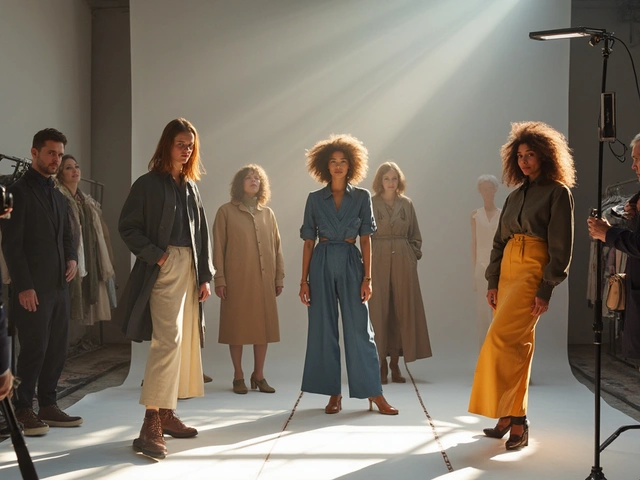
October 24, 2025 AT 15:33
Hanna Holmberg
First off, congratulations on taking the plunge into modeling-it's a thrilling yet demanding world!
Start by being brutally honest with yourself about what makes you stand out; you’ll notice that a unique facial feature or a distinctive walk can be your ticket in.
Next, gather a handful of high‑quality photos that showcase different looks-think clean headshots, full‑body shots, and one artistic editorial piece.
When you scout photographers, prioritize those who specialize in fashion; their lighting expertise will make your skin glow and your angles look sharper.
Don’t forget to set up a simple digital portfolio on a reliable platform; a sleek online book is often the first thing agencies request.
Research agencies that align with your niche-commercial, editorial, fitness, or plus‑size-and read reviews on model forums before you sign anything.
Remember, reputable agencies never demand large upfront fees; if a contract feels fishy, walk away!
Now, the week before your first shoot: hydrate like crazy, get plenty of sleep, and avoid salty foods to keep bloating at bay.
On day two, exfoliate gently and moisturize daily-healthy skin is a model’s best accessory.
Day three is all about wardrobe-confirm outfits with the photographer and bring a simple, fitted comp card for quick reference.
Practice poses in front of a mirror; start with basic three‑quarter turns, profile shots, and seated positions to build muscle memory.
Trim your nails, shape your brows, and schedule a trim if needed; these small grooming steps create a polished finish.
Pack a bag with water, snacks, a tiny makeup kit, hair ties, safety pins, and a portable mirror-being prepared shows professionalism.
On the day, arrive at least 15 minutes early, sign any release forms, and do a quick breathing exercise to calm nerves.
During the shoot, stay engaged: ask for direction when unsure, but also suggest a couple of poses you’ve practiced-this demonstrates initiative and confidence.
Afterwards, review the edited shots with your agency, pick the strongest images, and update your portfolio; consistency and a proactive attitude will keep the opportunities flowing.
October 24, 2025 AT 15:36
Shaun Chooi
That checklist is spot‑on, thanks!
October 24, 2025 AT 16:10
Deepak Raj Aryan
Hey, great guide! I liked the part about staying hydrated because it really helps the skin look fresh during a shoot.
Also, the tip to keep a measurement sheet handy is gold-agencies love numbers.
One thing I’d add is to practice walking in heels at home if you aim for runway work; it builds confidence.
And don’t forget to bring a simple outfit for ‘test shots’ in case the photographer wants a quick change.
Overall, super useful, keep the advice coming!
October 24, 2025 AT 16:13
Aradhana Agarwal
I agree with the importance of a simple makeup kit; it’s easy to over‑do it.
Having a portable mirror really saves the day when you need a quick touch‑up.
October 24, 2025 AT 17:00
Keily sophie
Honestly, if you’re not already working with a top agency, you’ll waste your time!!! Read the contract, ask questions, and never pay for representation!!!